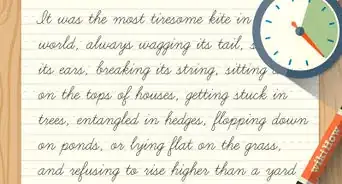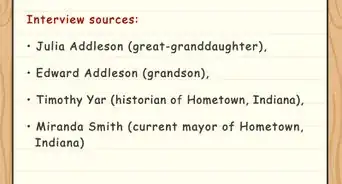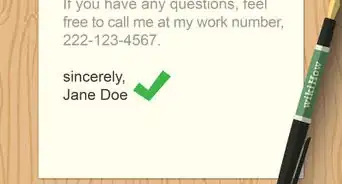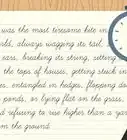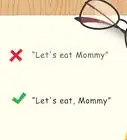This article was co-authored by wikiHow staff writer, Aly Rusciano. Aly Rusciano is a Creative Writer based outside of Nashville, Tennessee. She has over ten years of experience in creative, academic, and professional writing. Aly’s writing has been nationally recognized in the Sigma Tau Delta Rectangle and featured in Blue Marble Review, The Sunshine Review, PopMatters, and Cathartic Literary Magazine. She graduated from The University of Tennessee at Martin with a BA in English, focusing in Creative Writing and minoring in Theatre.
This article has been viewed 1,384 times.
Learn more...
So, fiction and nonfiction. What’s the deal with them? They both have “fiction” in them, so they must be the same thing, right? Well, not exactly. Fiction and nonfiction are the 2 main genres we use to tell stories, and although they have some things in common, they couldn’t be any more different. We’ve put the genres head-to-head in this article, so you can learn to tell them apart. Keep scrolling because you may just find that you're a fiction or nonfiction lover.
Things You Should Know
- If something’s make-believe, it’s fiction. If something’s real, it’s nonfiction.
- A story with real-life characters and events depicted factually is nonfiction, whereas a story that stretches the truth of a real-life event is fiction.
- Fiction and nonfiction works can be similar in tone because they can share the same literary devices, such as similes, metaphors, imagery, and more.
Steps
References
- ↑ https://www.jstor.org/stable/429900
- ↑ https://www.britannica.com/art/fiction-literature
- ↑ https://human.libretexts.org/Bookshelves/Literature_and_Literacy/Writing_and_Critical_Thinking_Through_Literature_(Ringo_and_Kashyap)/04%3A_About_Fiction-_Short_Stories_and_the_Novel/4.01%3A_What_is_Fiction
- ↑ https://dictionary.cambridge.org/us/dictionary/english/non-fiction
- ↑ https://youtu.be/OZdd5i9qGZk?t=235




